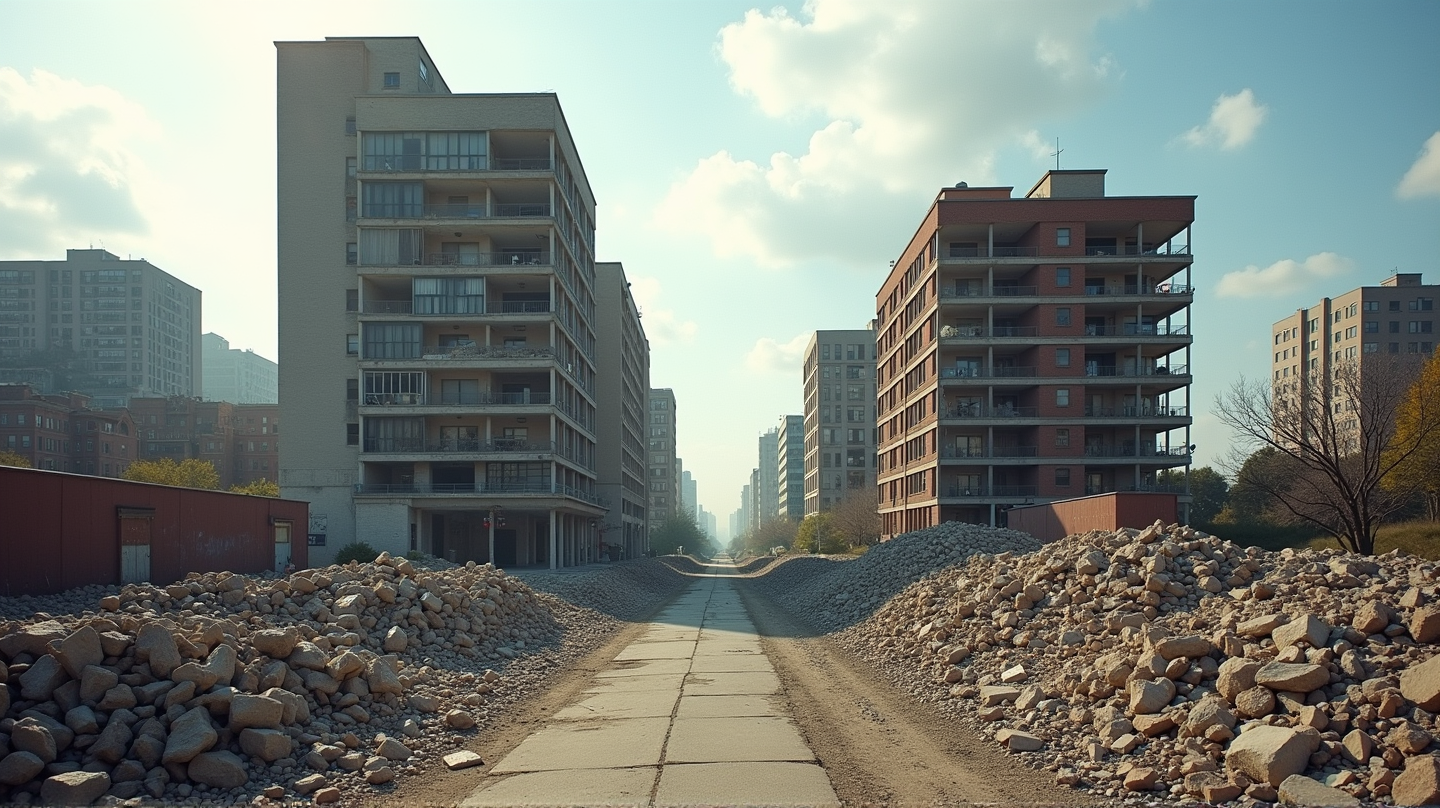A quiet revolution is unfolding in the realm of commercial real estate. For the first time in a quarter-century, the removal of office space—through conversions and demolitions—will eclipse the construction of new spaces. According to a comprehensive report by CBRE, this seismic shift heralds a new era for U.S. markets.
Conversions and Demolitions: An Evolving Landscape
In 2025, a staggering 23.3 million square feet of office space is set to be either converted or demolished. This contrasts sharply with the 12.7 million square feet of new office space scheduled for delivery within the same year. Such levels of conversion and demolition have not been seen in over two decades.
Driving Forces: Pandemic’s Lasting Impact
Post-pandemic, an accelerated rate of repurposing has been observed. Over 81 million square feet of office space is either earmarked for or currently undergoing conversion. Yet, as CBRE outlines, office vacancy rates have remained stubbornly high at 19%, highlighting the tenacity and necessity for change.
The Rise of Multifamily Housing
Multifamily housing emerges as the frontrunner in office conversions, representing 76% of all projects. Besides residential buildings, former office spaces are being transformed into hotels, life sciences facilities, and industrial complexes. With a dramatic increase of 68 conversion projects expected this year, this trend shows no signs of abating.
City Leaders in Conversion Initiatives
The landscape of conversions is as diverse as the cities embracing them. Manhattan leads the charge with a massive 10.3 million square feet of conversions, closely followed by Washington, D.C. Notably, Cleveland stands out for converting the highest share (8.4%) of its total office inventory.
Challenges in Conversion Projects
While conversions are pivotal for urban rejuvenation, they aren’t feasible for all buildings. Structures from the 1970s and ‘80s pose particular challenges due primarily to their expansive layouts that aren’t conducive to division into residential units, leading to more demolitions than conversions.
You might be wondering about the ripple effects of these transformations. The potential for revitalized urban centers and modern residential environments is vast. Yet, as stated in Scotsman Guide, strategic planning remains crucial to navigate the evolving real estate topography effectively.
